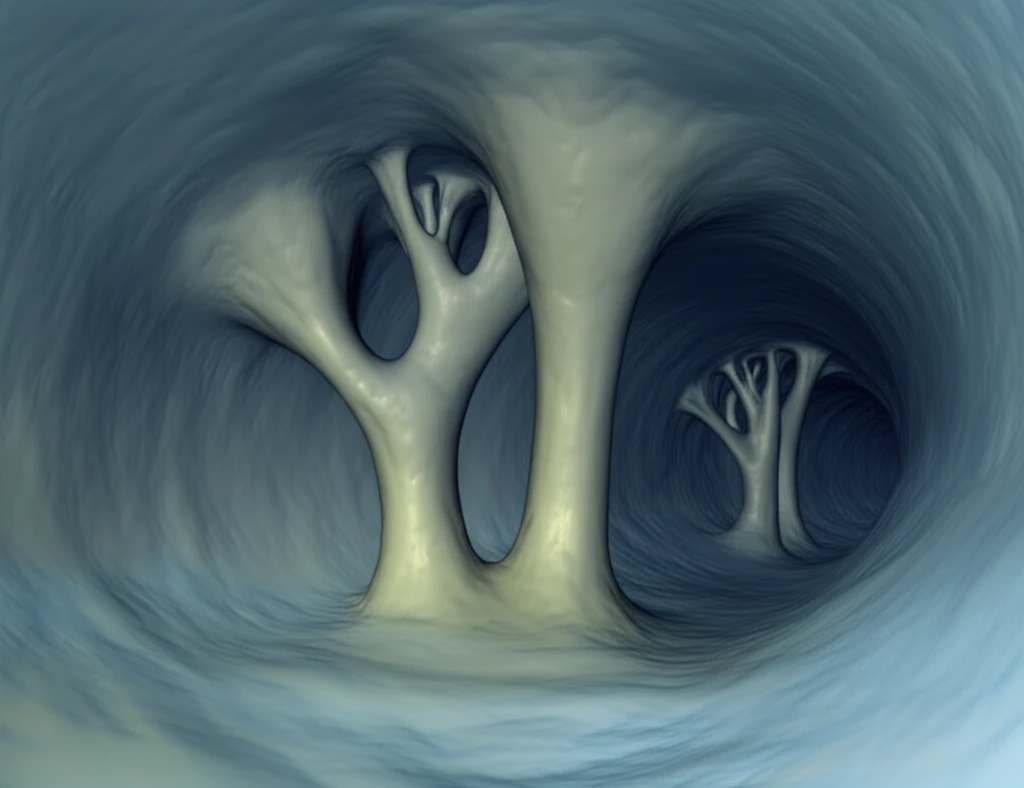
Unmasking Mounier-Kuhn Syndrome: When a Rare Condition Mimics Common Lung Diseases
"Learn how this often-misdiagnosed condition can lead to recurrent respiratory issues and bronchiectasis, and why early detection is key."
Imagine a condition so rare, it's often missed, masquerading as a run-of-the-mill lung problem. That's Mounier-Kuhn Syndrome (MKS), a condition characterized by an abnormally large trachea and main bronchi. Radiologically, it manifests by marked dilatation of the trachea and main bronchi and symptomatically early in life with recurrent bronchopulmonary infection and bronchiectasis.
MKS isn't just a curiosity; it's a real challenge for those affected. The hallmark of this syndrome is tracheobronchomegaly, weakening and dilation of the trachea and major bronchi. This structural change can lead to a cascade of respiratory issues, making individuals more susceptible to infections and lung damage.
In this article, we'll delve into a case that highlights the importance of recognizing MKS, particularly when it presents later in life. We'll explore how this rare condition can be mistaken for more common respiratory ailments and discuss the diagnostic steps that can lead to accurate identification and appropriate management.
The Case: When Recurrent Infections Hint at Something More

Consider a 68-year-old male, a former smoker with a history of recurrent lung infections, excessive sputum production, fever, and worsening dyspnea. He was hospitalized repeatedly for treatment of recurrent bronchopulmonary infection characterized by excessive sputum production, fever and worsening dyspnea. He was an ex-smoker with 36 pack-year smoking history.
- Significant dilation of the trachea (40mm) and main bronchi (28mm each)
- Fiberoptic bronchoscopy revealed an elliptically shaped, dilated trachea with dynamic airway changes during suctioning and coughing.
What This Means for You
Mounier-Kuhn syndrome, while rare, underscores the importance of considering less common diagnoses in patients with persistent respiratory issues. If you or someone you know experiences recurrent lung infections, especially with known lung conditions, it's crucial to discuss the possibility of MKS with a healthcare provider.
Early diagnosis can lead to targeted management strategies, such as chest physiotherapy and antibiotics during infections, potentially improving quality of life and preventing further lung damage. In severe cases, tracheal stenting or tracheobronchoplasty may be considered.
Remember, knowledge is power. By increasing awareness of rare conditions like MKS, we can empower individuals to seek appropriate medical care and improve their health outcomes.
